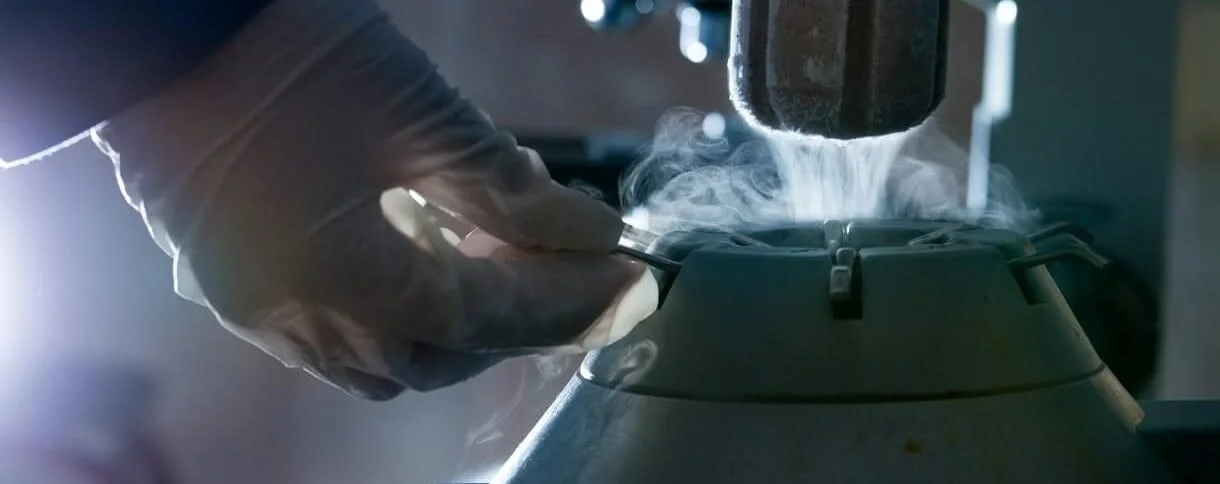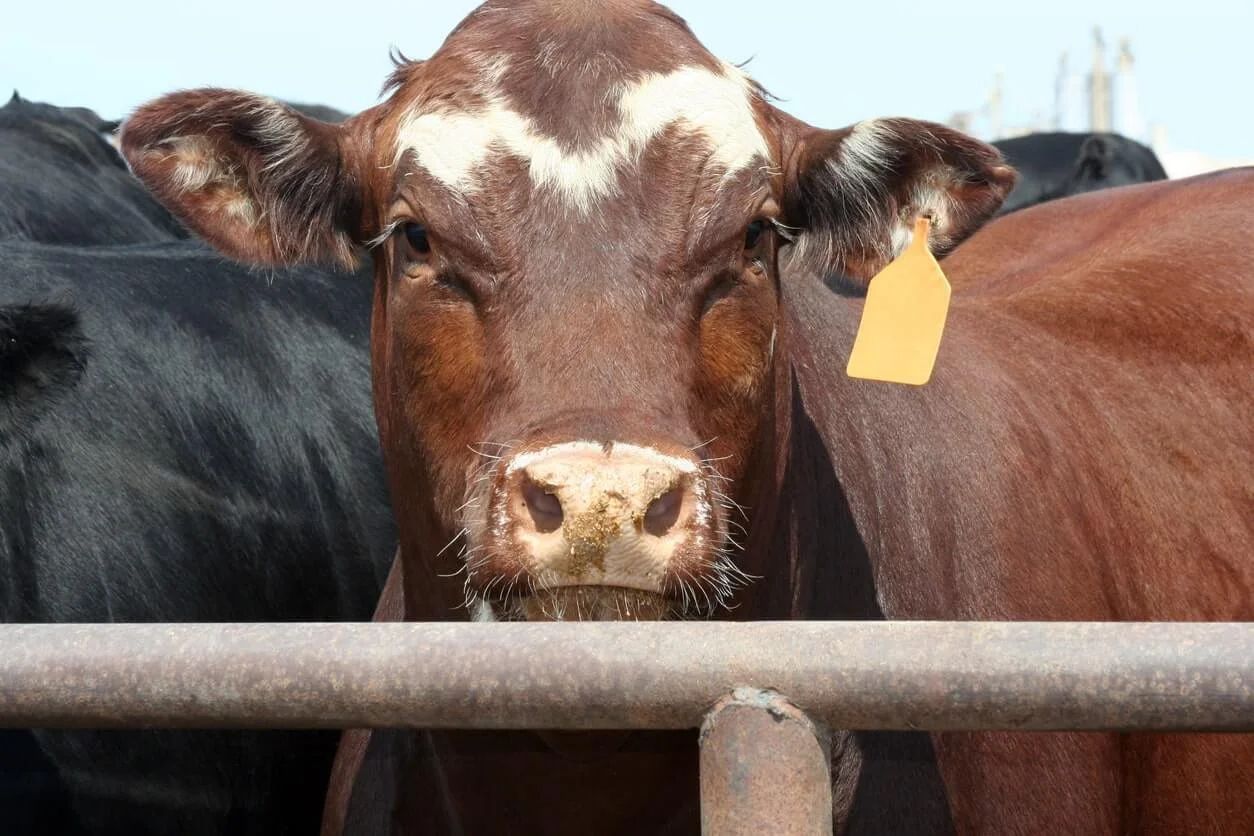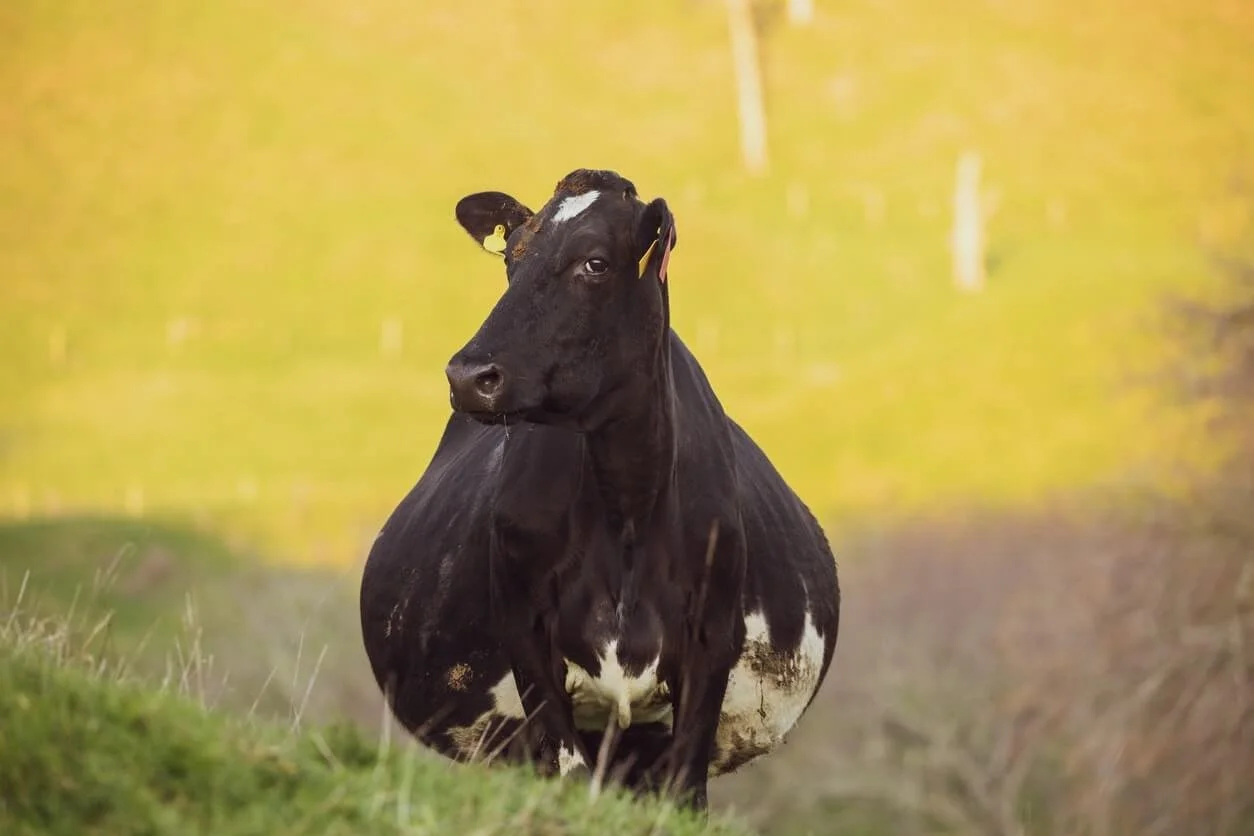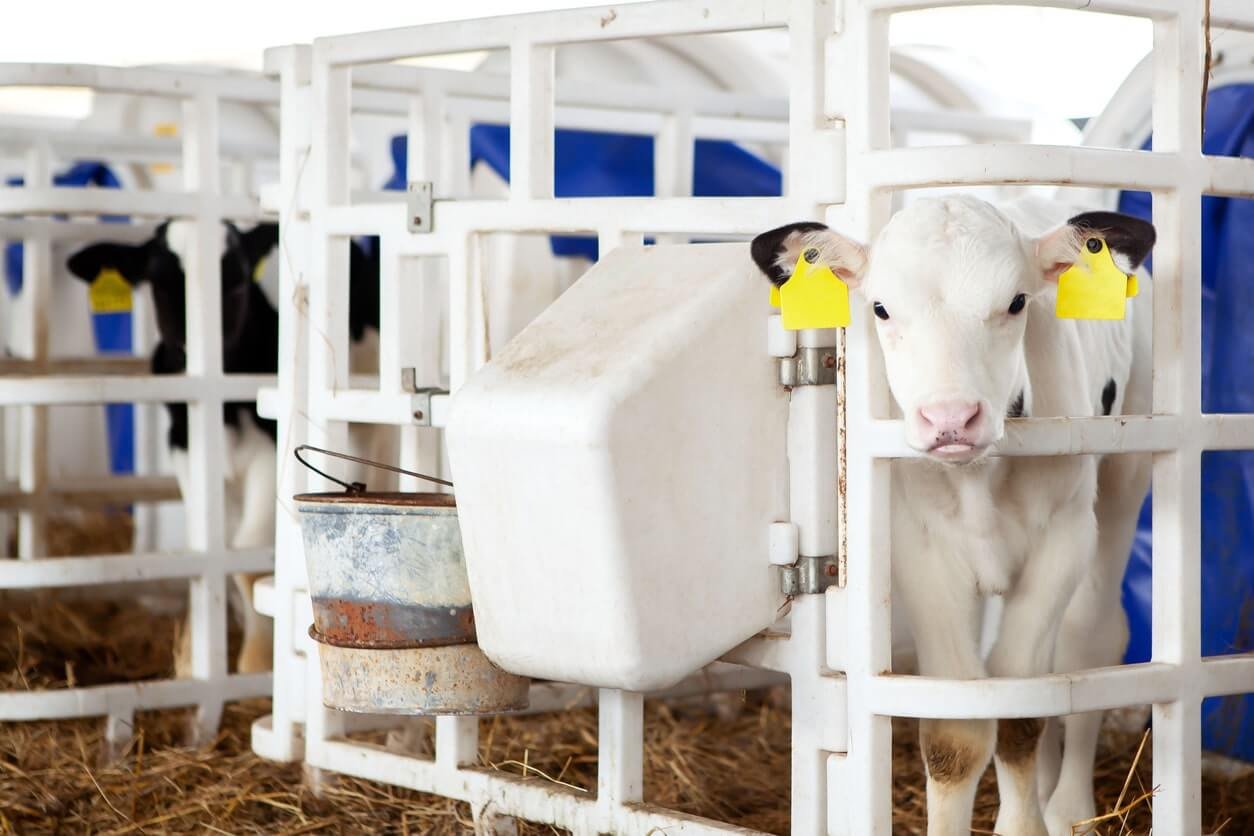How Livestock Genetics Are Weakened Over Generations of Factory Farming
Discover > Farm to Table Eating in Texas > How Livestock Genetics Are Weakened Over Generations of Factory Farming
The first feedlots opened in California in the 1940s. While they provided more affordable and available meat to the public, their environmental impact outweighs the convenience. Over the decades, livestock genes in feedlots have been weakened through selective breeding and medicating. the practice creating an entire industry of livestock medicine catered to the production.
Genetics plays a massive role in livestock production because they determine all of an animal's traits. Genes can be altered and, more importantly, weakened through a number of questionable practices designed to keep the animal fit for human consumption.
Feedlot vs Pastured Meat
There are some stark contrasts between feedlot and free-range meat. It’s a vastly detailed and highly controversial topic with no one answer or solution. The biggest factor that affects the quality of meat is diet.
In feedlots, animals are fed corn mixtures which are calorie-dense and therefore fatten the animal faster. When they live on pasture they feed off forage and/or grass.
Texture, Flavor, and Makeup
What an animal eats directly correlates to the quality of the meat. Myoglobin is what gives meat its color. The protein is responsible for transporting oxygen around the body and has a rich, red color. Grass-fed beef is darker because it’s more abundant in myoglobin.
Fat is even more affected by the diet not just in quantity, but in the composition of fatty acids. Not only does grain-fed beef have more fat than grass-fed beef, but it’s also much higher in omega-6 fatty acids, which can heighten blood pressure, our water retention, and can cause blood clotting.
Grass-fed beef fat is higher in omega-3 fatty acids, which most people don’t get enough of. They curb inflammation in the blood vessels. At high doses they can make abnormal heart rhythms less likely and lower your level of blood fats called triglycerides. Finally, they can actually slow buildup inside the blood vessels.
Environmental Impact
Hopefully, by now we all know that cows produce methane as a byproduct of digestion. Grass-fed cows tend to produce more methane than grain-fed. Methane causes global warming and arguably causes higher concentrations of it. That being said methane only accounts for around 10% of the greenhouse gasses in the atmosphere as well as only staying there for around a decade.
Compared to carbon dioxide that can stay in the atmosphere for up to a millennium. Why is this important? Through regenerative farming, the soil can store tons of carbon. In fact, healthy soil can store more CO2 than all the trees and surface water on the earth combined.
Another highly detrimental factor of factory farming is habitat destruction. Globally we lose around 10 million hectares of forest every year. Logging and agriculture are the primary reasons for this, particularly in Brazil.
Concentrated animal waste is another huge detriment to the environment. This is most evident in the Gulf of Mexico where a near 7,000 square miles dead zone sits uninhabited and intoxicated by excess nitrogen and phosphorus that depletes oxygen then causes algae to grow on the surface, blocking sunlight from penetrating the surface.
Price
Price is perhaps the most controversial aspect of the meat industry because of how it affects us directly. It’s an undeniable fact that ethically sourced meat is more expensive than feed to meat. Anything else would make the factory farming industry impractical.
The average American eats 5 servings of meat every week. This also factors in children so it’s important to recognize that most eat more and 9/10 times more than one serving per sitting. The amount of meat every individual eats has a huge impact and the simple truth is, with the growing population and finite landmass for ethical agriculture, the only viable solution is for people to eat less meat. That way, people who claim they 'can’t afford it', can eat sustainable meat.
This also brings us to lab-grown meat that is grown from animal stem cells. This could easily be a solution decades into the future, but as of now, the process is far too inefficient to be viable in this day and age. According to global warmings fear mongers, the planet doesn’t have decades.
Feedlots in Texas
The northern panhandles of Texas are home to the largest cattle feeder in the world managed and owned by Five Rivers Cattle. Throughout the whole state, over 2.5 million cattle are reared in feedlots, the most in the country.
Texan Imported & Exported Meat
Every year, Texas exports between 8 and 10 billion dollars worth of meat to other states and countries since 2017. It’s the largest meat exporter in the US and has been for the last 19 conductive years.
Naturally, texas doesn’t import much meat at all. It does import more energy commodities like crude oil, electrical apparatuses, nuclear reactors, and mineral fuels.
What is a ‘Genetic Crutch’
Genetic crutches are ways breeders genetically modify livestock over generations to fare better in crowded environments. This can be through selective breeding, medicating, or simply feeding them pesticides and insecticides to keep them bug and pest-free. They weaken the herd’s gene pool rendering them unable to survive anywhere but under close feedlot supervision and care.
While at first glance all these practices seem innovative and practical, their far-from-natural approach often has drastic long-term, generational effects that are becoming increasingly evident in chickens, cows, and pigs today.
See, genes are in charge of most of our bodily functions: they’re made up of sequences that hold information for making the proteins that will carry out a cell's particular function. Genes have a memory, like we do, from which they can learn from stressful or dramatic experiences.
Most importantly, in this case, genes can be switched on or off in a process called gene regulation. The same process that gets us to stop growing or causes our hair to darken as we get older. Gene regulation can also be triggered by an animal’s environment. The field of study is called Epigenetics.
Disease of Livestock
We call them genetic crutches because animals have an ability (to a degree) to fight illness on their own, through their natural immune system. When cramped in giant feedlots, the ability to fight disease is impaired. These unnatural conditions cause medical complications like bloating, pink eye, or bovine respiratory disease to become rampant.
In nature, when an animal becomes sick in its herd, it either gets culled or it recovers and leaves a form of genetic imprint. These genes are passed onto the offspring so the calf, chick, or piglet is given the ability to fend better against all forms of nature. Over generations, this strengthens the herd.
Feedlots are reversing this process. By first setting up their environment for rapid infection and contagion, then medicating their animals with steady doses of antibiotics to keep it at bay, they’re providing a crutch for these genes. What’s more, chemical antibiotics are much more effective than an animal’s natural immune response.
Selective Breeding
Selective breeding involves choosing certain ideal traits of a bull and heifer in hopes of passing exemplary genes onto a calf. The traits breeders select depend entirely on the purpose of the animal. For dairy cows, one would be well-developed, large udder and large milk veins. For meat, size is typically the determining factor.
After generations of breeding for a large carcass, the adverse effects of the process become evident. Fat cow syndrome, a condition that refers to a combination of metabolic, digestive, infectious, and reproductive conditions, is one of the many that affects cattle in feedlots. Weak joints, weak immune systems, and intolerances are some of the other big ones.
Selective breeding is not an inherently bad process. However, one of the biggest ethical dilemmas that the livestock industry faces is single trait selection. This is the process of choosing cows to breed based on a single factor. Usually, this is carcass weight as in these feedlots the name of the game is to breed as much meat pound for pound as possible.
If you breed animals in rapid succession with just one factor in mind, you leave the herd or flock open to this generational genetic weakening.
Genome Editing
Gene editing is the latest in defense against the weakening gene pool of farm animals around the world. Like selective breeding, gene editing isn’t automatically bad, but it can have more than a few unwanted side effects especially because the industry is still in its infancy.
Everything from animal welfare, to animal dignity, uncertainty of outcome, and public outcry factor into the moral question. Similarly, how the majority of the population in the 40s couldn’t have known the effect feedlots would have on the environment, the future outcome of gene editing is unsure.
Why it’s an Issue
By now most of us are aware that the way food is produced on a mass scale is totally unsustainable. Climate, animal welfare, habitat destruction, and tinkering with genetics nature ‘perfected’ over mega annum are some of the things we’ve only just scratched the surface on.
While it may not be so apparent now, at some point as our population dramatically grows, the risks and penalties of playing God, even for the sake of human advancement, will eventually outweigh the convenience of feedlot meat and genetically enhanced peppers.






